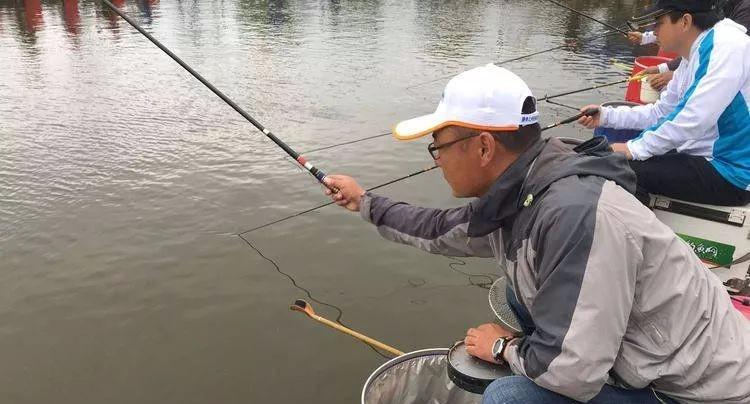Everyone in life, will have their own hobbies, may be fishing this way than sports, travel more cost-effective, not only do not spend too much money, but also enjoy the joy of fishing. However, now that the wild fish around them are gradually decreasing, fishing grounds will be built all over the country, and many fish with greater economic value will be farmed by fishermen. However, when everyone fishes in these years, it is estimated that they will see a lot of messy fish, and even some fish do not know the name, and even do not know whether it is poisonous.

Most of these fish are from foreign countries, they are invasive species, some invasive species have not had much impact on China's ecological environment, and of course, many invasive species have caused immeasurable economic losses. Many invasive species come from all around us, waiting for us to discover them, one of which is native to South America, the "false crucian carp", but in the eyes of fishing enthusiasts over the years, this is a fish called "Brazilian seabream".
It is not unreasonable to say that it is a false crucian carp, from the appearance point of view, the Brazilian seabream is similar to the crucian carp, and from a biological point of view, the Brazilian seabream belongs to the "carp family", and it can also be regarded as a close relative of the river carp. Brazilian seabream is very popular in South America, in addition to Brazil, Argentina, Paraguay and other countries people like to eat Brazilian seabream, and it as early as 1998, it was introduced to China for the purpose of breeding economic fish, after several years of cultivation, domestication, so that the Brazilian seabream adapted to the new environment, now its economic value is not lost to other traditional fish, but we see less Brazilian seabream in the market.
After 21 years of development, the Brazilian snapper has flooded china's rivers, including the Yongjiang River, toll fish ponds and some reservoirs. As an introduced species, it is more adaptable, even in places where the water quality is not very good, and the omnivorous habits make it more adaptable to the rivers in the south.
Through understanding, many wild Brazilian seabream may have escaped through release or fishing grounds, and the Brazilian seabream encountered in the wild is huge, and its strength will be felt when pulling the fishing rod. If there is a Brazilian seabream, there are basically fewer native fish, growing faster, and its reproductive ability is not inferior to other fish, so it floods in the river, and anglers say that they are most afraid of encountering it. In fact, we are not afraid of the flood of Brazilian seabream, after all, it is not as unpalatable as scavengers, and most of the Brazilian seabream is used to make fish oil and process fishmeal, so it is difficult to see on the market, and it can be regarded as a good thing if you catch Brazilian seabream in the wild. Have you ever seen Brazilian snappers in the river?